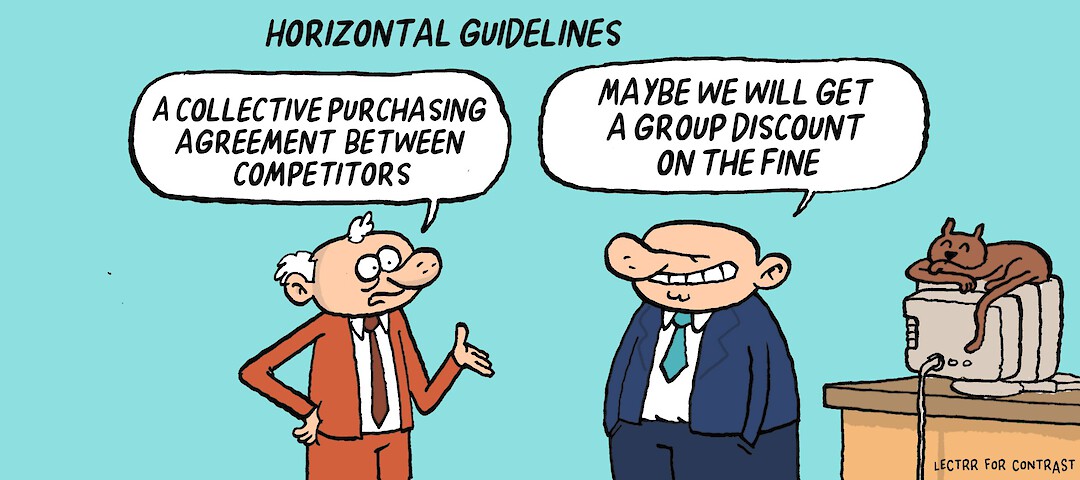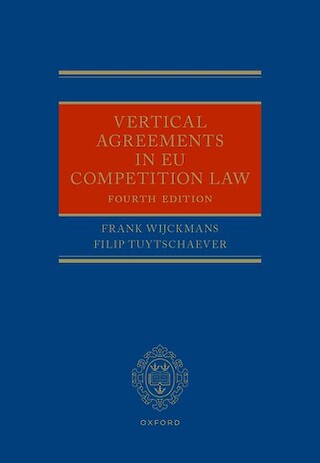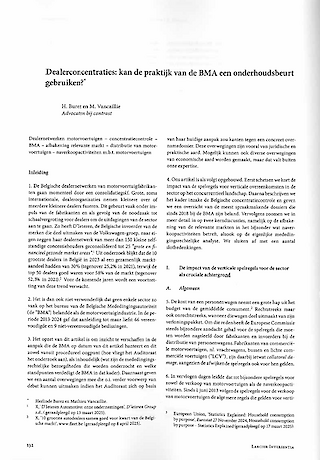In the Picture

Beware the risks of joint purchasing
October 2023On 1 June 2023, the European Commission published new guidelines on cooperation between competitors, including on joint purchasing.
The Guidelines begin with a reminder that the line between joint purchasing and buyer cartels can be a thin one.
So what exactly is joint purchasing and what is a buyer cartel?
Joint purchasing is the pooling of purchasing activities and can be carried out in various ways, through a joint venture, a cooperative, a contractual arrangement or looser forms of cooperation, for example where a representative negotiates or concludes purchases on behalf of several undertakings.
Joint purchasing aims to create a degree of buying power vis-à-vis suppliers, which individual members of the joint purchasing arrangement might not attain if they acted independently.
Buyer cartels on the other hand have as their object the restriction of competition between the buyers. They are arrangements between two or more buyers which, without engaging into joint negotiations with the supplier
- coordinate these buyers’ competitive behaviour on the purchasing market through practices such as the fixing of purchase prices or components thereof (including, for example, arrangements to pay only a certain price for a product), the allocation of purchase quotas or the sharing of markets and suppliers; or
- influence these buyers’ individual negotiations with suppliers or their individual purchases from suppliers, for example through coordination of their negotiation strategies or exchanges on the status of such negotiations with suppliers.
Buyer cartels and purchasing arrangements are thus two different things, but members of a purchasing arrangement should take care that they do not form a buyer cartel or collude, even by accident. This may happen for example when the members of a purchasing arrangement exchange commercially sensitive information which goes beyond what is strictly necessary to the proper functioning of the purchasing arrangement.
To avoid (unwittingly) forming buyer cartels on the basis of purchasing arrangements, the new guidelines give a few tips:
- The joint purchasing arrangement makes it clear to suppliers that the negotiations are conducted on behalf of its members and that the members will be bound by the agreed terms and conditions for their individual purchases, or that the joint purchasing arrangement purchases on behalf of its members, whose identity does not have to be revealed.
- The members of the joint purchasing arrangement have defined the form, scope and functioning of their cooperation in a written arrangement, so that its competition law compliance can be verified against the actual operation of the joint purchasing arrangement.
Two other conditions have to be satisfied for a purchasing arrangement not to be a buyer cartel:
- First, any competition restrictions caused by the joint purchasing must be limited to what is strictly necessary to achieve the efficiency gains generated by the joint purchasing; and
- Second, the efficiency gains resulting from joint purchasing have to be passed on to customers to an extent that outweighs any restrictive effects on competition caused by the joint purchasing.
There is no absolute threshold above which it can be presumed that the members of a joint purchasing arrangement have market power such that the joint purchasing is likely to give rise to unacceptable restrictive effects on competition. If the members' combined market shares do not exceed 15% on both the purchasing and the selling markets, it is however likely that the purchasing arrangement will be considered to have enough positive effects to outweigh its restrictions of competition.
Interestingly, the EU Commission now also accepts that collective negotiation threats may be used by members of a joint purchasing arrangement, provided this arrangement is properly framed. In some cases, threats can be considered an integral part of the joint purchasing arrangement and essential to its proper functioning. These threats often happen in the context of joint negotiations with suppliers on standard terms and conditions. They often involve threatening to end negotiations or purchasing if the supplier does not offer better conditions.
Concretely.
- The EU Commission published new competition law guidelines on cooperation between competitors, including guidelines on joint purchasing.
- Joint purchasing must genuinely concern joint purchasing and not be a disguised buyer cartel.
- Joint purchasing have to be assessed on a case-by-case basis, depending on the market power of the parties on the purchasing and selling markets. Below a 15% combined market share on these markets, no market power is presumed.
- Collective negotiation threats that accompany joint purchasing are generally not considered to be in themselves restrictive of competition.
Want to know more?
- The new EU Commission’s Guidelines on cooperation between competitors can be found here. The guidelines on joint purchasing can be found in chapter 4.
Please consult our website or contact one of our team members if you have questions or require more information:












